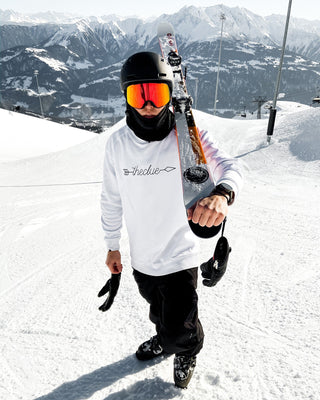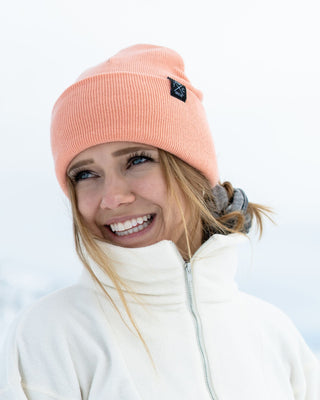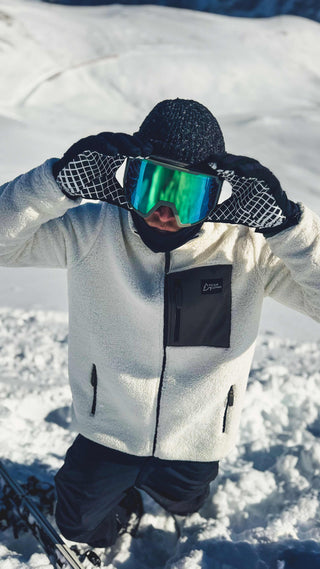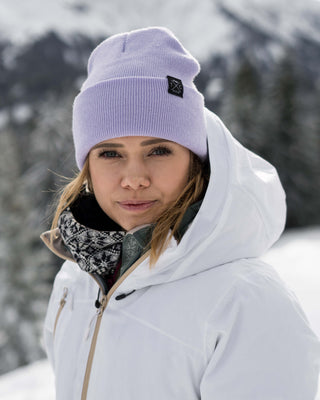Freeskiing is a modern form of skiing, often practiced in snow parks with various obstacles and playing a prominent role in the best ski resorts in Europe, America, and Asia. It differs significantly from traditional skiing. It combines elements of freestyle, big air, and backcountry skiing, offering riders the freedom to perform creative tricks.

Freeskiing is often practiced in snow parks, on specially groomed slopes, or in open terrain. It falls into two main categories: freestyle , which focuses on tricks and jumps, and freeride , which focuses on riding in untouched terrain.
The most popular disciplines in freeskiing include:
- Slopestyle : A course with rails, boxes and kickers for tricks
- Halfpipe : A huge, snow-covered U-shape for spectacular jumps and rotations
- Big Air : A single, massive jump for breathtaking tricks
- Railjam : Focus on technical tricks on rails and boxes
Grabs, in which skiers grab their skis during a jump, are an important part of freeskiing. The most popular grabs include the mute grab, tail grab, Japan grab, safety grab, Indy grab, and the stalefish grab.
Freeskiing requires special skis, so-called twintips, which are curved at both ends to allow for reverse skiing (switch). The right ski bindings and length are crucial for a safe ride. You can find out more about the right skis, proper mounting, and the best ski resorts in other blog posts.







